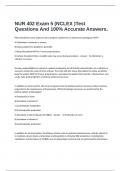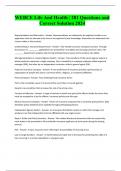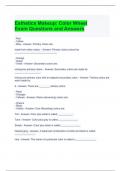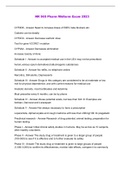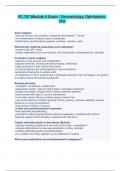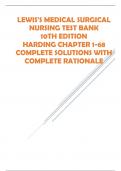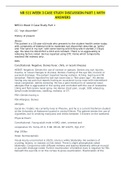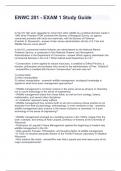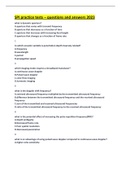Tentamen (uitwerkingen)
NUR 402 Exam 5 (NCLEX )Test Questions And 100% Accurate Answers.
- Vak
- Instelling
What should the nurse expect to do to prepare a patient for an intravenous pyelogram (IVP)? A) Administer a cathartic or enema. B) Assess patient for allergies to penicillin. C) Keep the patient NPO for 4 hours preprocedure. D) Advise the patient that a metallic taste may occur during procedur...
[Meer zien]
